By Steven La Gatta
July 30, 2014
The Millennium Development Goals
When the United Nations got together around the turn of the millennium to take a long hard look at the greatest shortcomings of human society, we set ourselves eight goals. These are the Millennium Development goals, and they are:
(1) Eradicate extreme poverty & hunger
(2) Achieve universal primary education
(3) Promote gender equality and empower women
(4) Reduce child mortality rate
(5) Improve maternal health
(6) Combat HIV/AIDS, malaria, and other diseases,
(7) Ensure environmental sustainability
(8) Develop a global partnership for development
These are sweeping, complicated problems to tackle, and with a self-imposed deadline of 2015 to meet the goals set for each issue, not to mention the unquantifiable personal hardship that each of these goals represents an end to, it is clear that we must be swift and efficient in our mobilization. Yet the threads that make up our economic, social, and political worlds are many and the weave tight; the argument can be made that these problems (and others not directly addressed in the Millennium Development Goals) are too intimately connected to be tackled one at a time. Such considerations among others make particularly appealing solutions which helped to address multiple MDGs at once, or that positively affect the network of relations linking the problems together.
One technology with particularly broad application is solar power, which by addressing a root scarcity that haunts our civilization is capable of helping us greatly in reaching each and every MDG. Scarcity of electrical energy and the wide-spread use of alternatives such as solid biomass fuels represents “one of the top ten global health risks” according to the World Health Organization. “Worldwide more than three billion people depend on solid fuels including biomass… to meet their most basic energy needs” (WHO, “Fuel for Life, 2006). Among rural populations, the percentage of households that rely primarily on solid biofuels for cooking and heating is 90%! But solid biofuels are not only inefficient when used for cooking, heating, or lighting, they also produce pollutants such as carbon monoxide and extremely small particulate matter that both contribute to the global environmental crisis and also cause respiratory diseases in those who breathe them. The Global Burden of Disease Study of 2010 estimated that indoor air pollution was responsible for up to 4 million deaths worldwide, and these health hazards fall disproportionately on the women who stay at home tending the fire and their small children. Unfortunately, the remoteness of rural communities makes penetration by the traditional energy grid economically inefficient and logistically complicated, which means that decentralized off-grid energy sources such as solar and wind may be the only way to get such communities access to clean energy.
Getting rid of hazardous energy practices through the extended use of simple and reliable solar technologies would already be to take a huge step towards meeting the MDGs. Furthermore, although energy concerns are never directly mentioned within the MDGs, the WHO acknowledges that “lack of energy, in particular lack of access to modern cooking fuels and electricity, already represents a bottleneck, holding back progress towards achieving the goals” (Fuel for Life). Rural hospitals, for example, often lack electricity entirely, putting much of modern healthcare practices out of their reach.
Here at REEF we are committed to the spread of solar energy for all of these reasons and more. We are working through our Families First program to distribute solar lanterns to rural families in the Philippines, which we think will benefit them in all of the ways listed above. In addition, our Green Communities program aims to electrify schools, hospitals, and other common-use buildings in these communities with solar power, thus helping fight disease and spread access to primary education. Eventually our LEADS program will partner with universities and trade organizations to provide job training to members of these communities in the burgeoning field of solar installation and maintenance. Thus are we addressing the MDGs by addressing in their order the hierarchy of needs: physical & mental health in the home, robustness & efficacy of institutions in the community, and enterprise & opportunity in the individual existence. REEFs got a long way to go to reach our goals (and so do the rest of us!), but the way forward is clear as daylight.
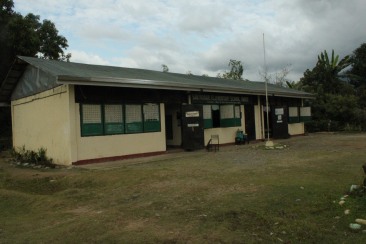
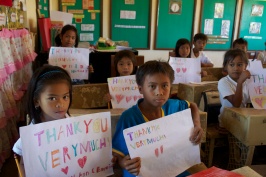
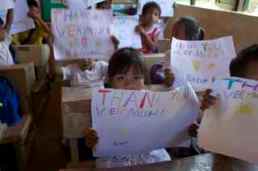

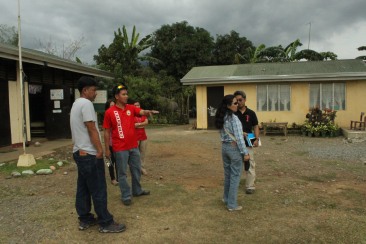

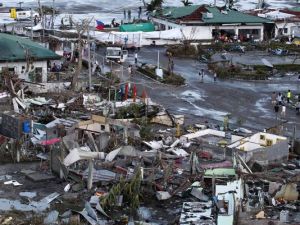
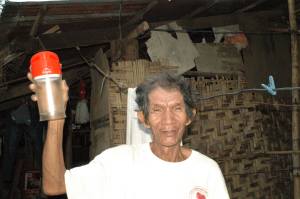
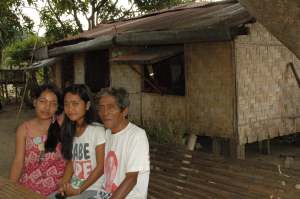
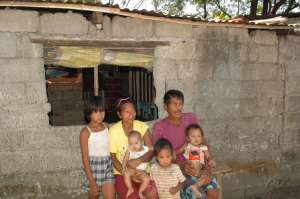
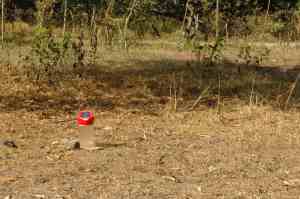
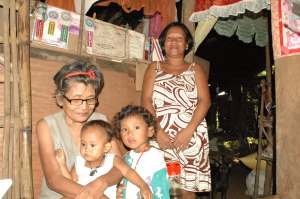
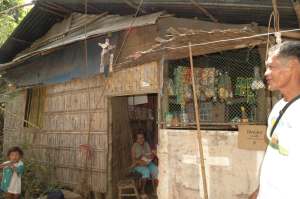
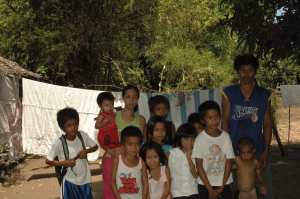
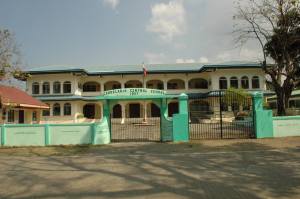
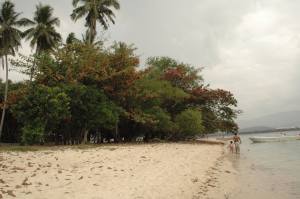
 REEF bade goodbye to 2012. We secured the fund, suppliers, and stakeholders and started the field installation of solar panels to poor households as part of
REEF bade goodbye to 2012. We secured the fund, suppliers, and stakeholders and started the field installation of solar panels to poor households as part of 
 Supply & infrastructure of electricity vary significantly in developed versus developing country. In western world it’s not uncommon to find out a fully electrified nation serviced through smart grid electricity.
Supply & infrastructure of electricity vary significantly in developed versus developing country. In western world it’s not uncommon to find out a fully electrified nation serviced through smart grid electricity.